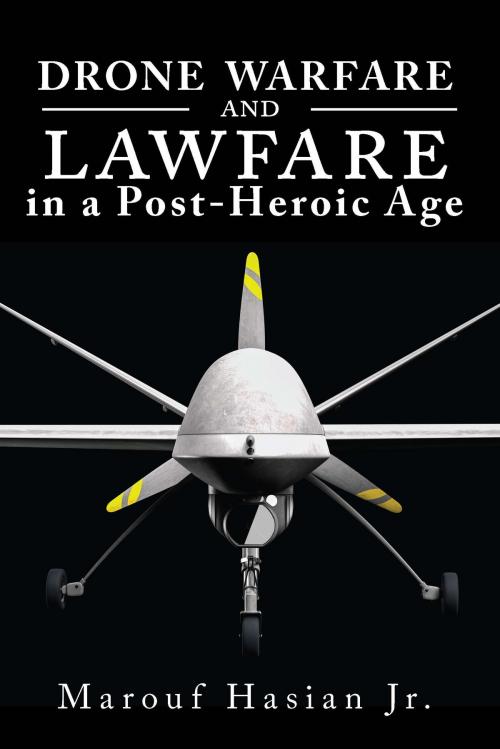Drone Warfare and Lawfare in a Post-Heroic Age
Nonfiction, Reference & Language, Language Arts, Communication, Science & Nature, Technology, Military Science| Author: | Marouf Hasian | ISBN: | 9780817389116 |
| Publisher: | University of Alabama Press | Publication: | January 15, 2016 |
| Imprint: | University Alabama Press | Language: | English |
| Author: | Marouf Hasian |
| ISBN: | 9780817389116 |
| Publisher: | University of Alabama Press |
| Publication: | January 15, 2016 |
| Imprint: | University Alabama Press |
| Language: | English |
In the past decade, the United States has rapidly deployed militarized drones in theaters of war for surveillance as well as targeted killing. The swiftness with which drones were created and put into service has outstripped the development of an associated framework for discussing them, with the result that basic conversations about these lethal weapons have been stymied for a lack of a shared rhetoric. Marouf Hasian’s Drone Warfare and Lawfare in a Post-Heroic Age fills that critical gap.
With a growing fleet of more than 7,500 drones, these emblems of what one commentary has dubbed “push-button, bloodless wars” comprise as much as a third of the US aircraft force. Their use is hotly debated, some championing air power that doesn’t risk the lives of pilots, others arguing that drone strikes encourage cycles of violence against the United States, its allies, and interests.
In this landmark study, Hasian illuminates both the discursive and visual argumentative strategies that drone supporters and critics both rely on. He comprehensively reviews how advocates and detractors parse and re-contextualize drone images, casualty figures, governmental “white papers,” NGO reports, documentaries, and blogs to support their points of view. He unpacks the ideological reflexes and assumptions behind these legal, ethical, and military arguments.
Visiting both formal legal language used by legislators, political leaders, and policy makers as well as public, vernacular commentaries about drones, Drone Warfare and Lawfare in a Post-Heroic Age dispassionately illuminates the emotive, cognitive, and behavioral strategies partisans use to influence public and official opinion.
In the past decade, the United States has rapidly deployed militarized drones in theaters of war for surveillance as well as targeted killing. The swiftness with which drones were created and put into service has outstripped the development of an associated framework for discussing them, with the result that basic conversations about these lethal weapons have been stymied for a lack of a shared rhetoric. Marouf Hasian’s Drone Warfare and Lawfare in a Post-Heroic Age fills that critical gap.
With a growing fleet of more than 7,500 drones, these emblems of what one commentary has dubbed “push-button, bloodless wars” comprise as much as a third of the US aircraft force. Their use is hotly debated, some championing air power that doesn’t risk the lives of pilots, others arguing that drone strikes encourage cycles of violence against the United States, its allies, and interests.
In this landmark study, Hasian illuminates both the discursive and visual argumentative strategies that drone supporters and critics both rely on. He comprehensively reviews how advocates and detractors parse and re-contextualize drone images, casualty figures, governmental “white papers,” NGO reports, documentaries, and blogs to support their points of view. He unpacks the ideological reflexes and assumptions behind these legal, ethical, and military arguments.
Visiting both formal legal language used by legislators, political leaders, and policy makers as well as public, vernacular commentaries about drones, Drone Warfare and Lawfare in a Post-Heroic Age dispassionately illuminates the emotive, cognitive, and behavioral strategies partisans use to influence public and official opinion.















